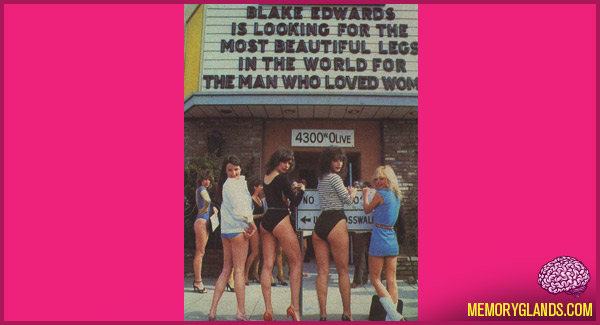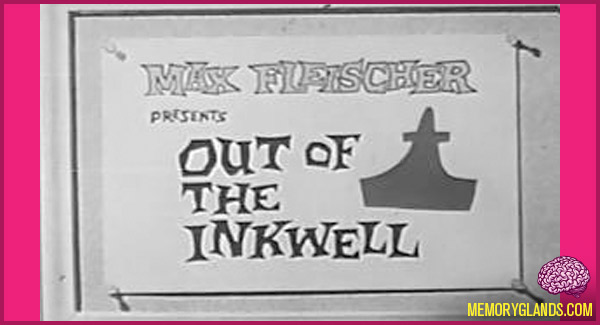20’s
04.22.
Blake Edwards
No Comments03.07.
Terry’s Chocolate Orange
In 1923, Frank and Noel Terry joined the family business, Terry’s of York. They revamped the company, and after opening the Art Deco-style factory The Chocolate Works in 1926, began launching new products. The first was the Chocolate Apple (1926), then the Chocolate Orange (1931), and finally Terry’s All Gold (1936).
At the onset of World War II, confectionary production was immediately halted. The factory was taken over by F Hill’s and Son’s of Manchester as a shadow factory, to manufacture and repair aircraft propeller blades.
With the factory handed back to the company post-war, production was difficult due to continued rationing in the United Kingdom, and limited imports of raw cocoa. As a result, in 1954 production of the chocolate apple was phased out in favour of increased production of the chocolate orange.
In the North American market, where it has had a variety of importers over the years, it was briefly sold as a Tobler (maker of the Toblerone) product.
Since 2005, Chocolate Orange products have been manufactured near Jankowice, Poland.
5 Comments02.14.
Out Of The Inkwell
Out of the Inkwell was a major animated series of the silent era produced by Max Fleischer from 1918 to 1929. The series was the result of three short experimental films that Max Fleischer independently produced in the period of 1914–1916 to demonstrate his invention, the Rotoscope, which was a device consisting of a film projector and easel used as an aid for achieving realistic movement for animated cartoons. The Rotoscope would project motion picture film through an opening in the easel, covered by a glass pane serving as a drawing surface. The image on the projected film was traced onto paper, advancing the film one frame at a time as each drawing would be made. Fleischer’s younger brother Dave Fleischer was working as a clown at Coney Island, and served as the model for what was to become their first famous character that later evolved as “Koko the Clown.”
Out of the Inkwell was begun at the Bray Studio as a monthly entry in The Bray Pictorgraph Screen Magazine produced for Paramount from 1918 to 1920, and later for Goldwyn in 1921. In that same year, The Fleischer brothers started their own studio, and in 1923, the clown who previously had no name came to be known as KO-KO when animation veteran Dick Huemer became the new Director of Animation production. Huemer, who had begun animation with the Mutt and Jeff cartoons in 1916, brought the influence of that series to “Out of the Inkwell” and created a small canine companion named Fitz.
Huemer also redesigned the clown for animation and led the Fleischers away from their dependency on the Rotoscope for animating. He also defined the drawing style with his distinctive inking quality that the series was famous for.
No Comments

